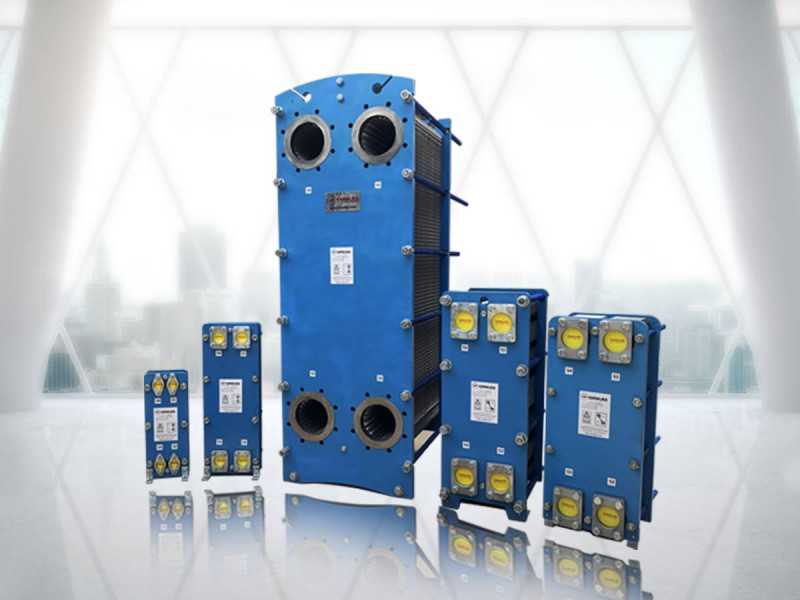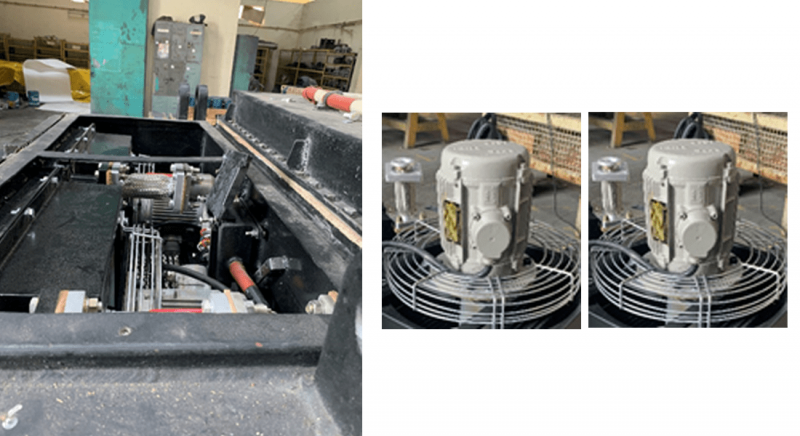Heat exchangers play a crucial role in various industrial processes, aiding in the efficient transfer of heat between fluids. Among the diverse types available, plate heat exchangers (PHEs) have emerged as a superior alternative to traditional shell and tube heat exchangers. In this blog, we'll explore the numerous benefits that make plate heat exchangers a preferred choice in various industries.









